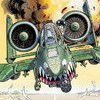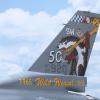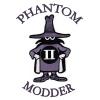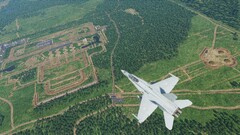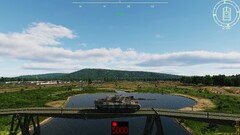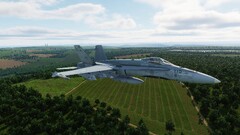- 1 reply
- 1,989 views
- Add Reply
- 0 replies
- 1,408 views
- Add Reply
- 0 replies
- 3,561 views
- Add Reply
- 0 replies
- 1,295 views
- Add Reply
- 1 reply
- 1,329 views
- Add Reply
- 5 replies
- 1,700 views
- Add Reply
Thousands attend annual parade honoring World War II hero John Basilone

By Fubar512,


RARITAN BOROUGH (Somerset County)
John Basilone showed up to Raritan’s annual John Basilone Parade today.
That is, a record number of people saw John Seda — the actor who portrayed the World War II Congressional Medal of Honor winner in HBO’s miniseries "The Pacific" — attend the 29th edition of the parade honoring Raritan Borough’s favorite son.
"It was just an honor," said Seda, who grew up in Clifton. "I knew the connection that Basilone has with his family and friends from Rari
Gripens do half of 51 World Cup intercepts

By Erik,
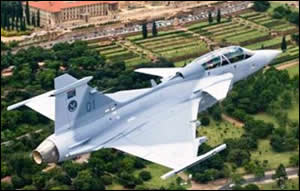

Gripens do half of 51 World Cup intercepts
DefenceWeb -- Written by Leon Engelbrecht Saturday, 25 September 2010 16:19
The South African Air Force's (SAAF) growing fleet of SAAB Gripen fighters conducted about half the 51 aircraft intercepts conducted during the June/July soccer world cup. The SAAF deployed 11 of the available 15 Gripen during the month-long tournament as well as 12 of 24 BAE Systems Hawk lead-in fighter trainers.
Also deployed on
TADS Options Purchase of CF5 Fighters

By Erik,
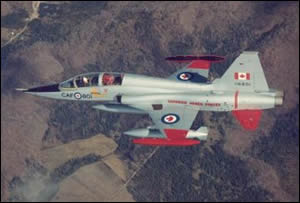

Tactical Air Defense Services Acquires Option to Purchase Canadian CF-5 Fighter Jets
TADS-USA -- 23/09/2010
CARSON CITY, Nev., Sep 23, 2010 (GlobeNewswire via COMTEX) -- Tactical Air Defense Services, Inc., an Aerospace/Defense Services contractor that offers tactical aviation services, aerial refueling, aircraft maintenance, disaster relief services, and other Aerospace/Defense services to the United States and foreign militaries and agencies, is pleased to announce that it is has
F/A18 Hornets Join Australian Aerospace Service Support List

By Erik,
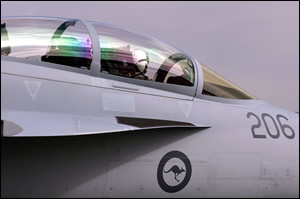

F/A18 Hornets Join Australian Aerospace Service Support List
Defence Professionals -- 26/09/2010
Leading Australian defence contractor, Australian Aerospace Limited, has welcomed the addition of the F/A18 Hornet fighter to the inventory of Royal Australian Air Force (RAAF) combat aircraft which the company supports through maintenance and service agreements with the Australian Defence Force (ADF).
The company has successfully teamed with the world’s largest tyre manufacturer, M
MiG-27 crashes in India, pilot survives

By Erik,
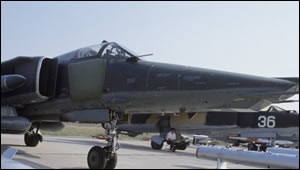

MiG-27 crashes in India, pilot survives
RIA Novosti. Sergei Subbotin -- 10:15 24/09/2010
A MiG-27 Flogger ground attack aircraft of the Indian Air Force (IAF) has crashed in the country's east, the third crash of a plane of this type in India this year, a spokesman for the Indian Army Eastern Command said.
The crash took place at 08:25 am local time (02:25 GMT) some 40 kilometers (25 miles) east of the Kalaikunda air base in West Bengal state.
"The pilot managed to eject a
Worlds first (expert claimed) known cyber super weapon
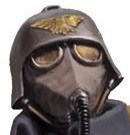
By Atreides,
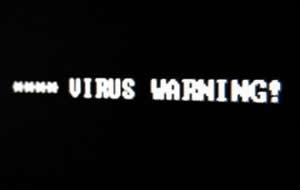

Interesting. If true this is awesome, killing their nuke program without the loss of human life.
Stuxnet malware is 'weapon' out to destroy ... Iran's Bushehr nuclear plant?
Cyber security experts say they have identified the world's first known cyber super weapon designed specifically to destroy a real-world target – a factory, a refinery, or just maybe a nuclear power plant.
The cyber worm, called Stuxnet, has been the object of intense study since its detection in June. As more




